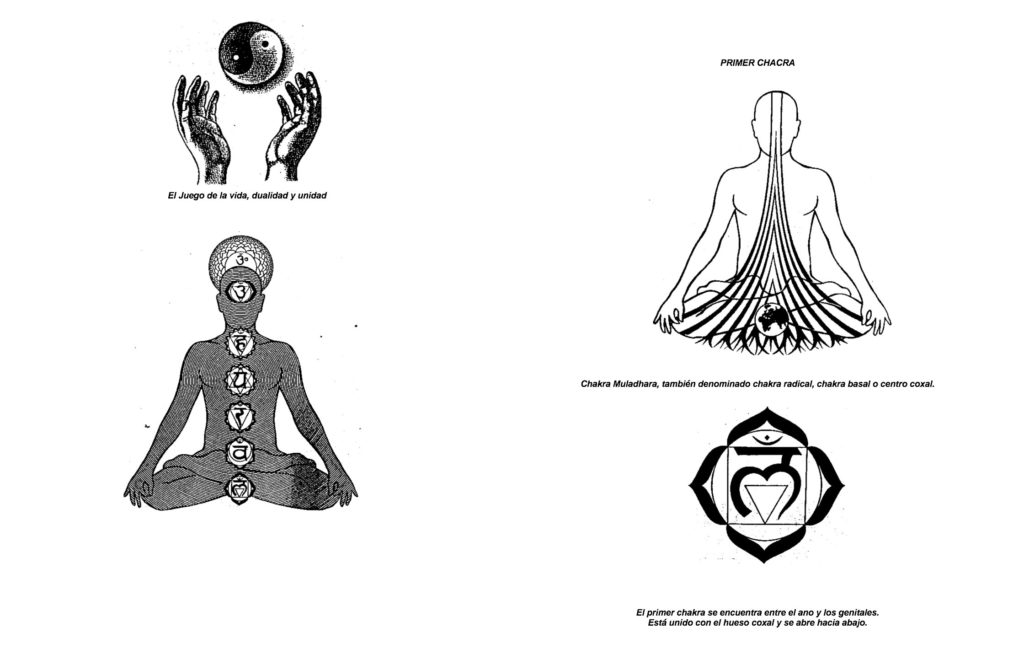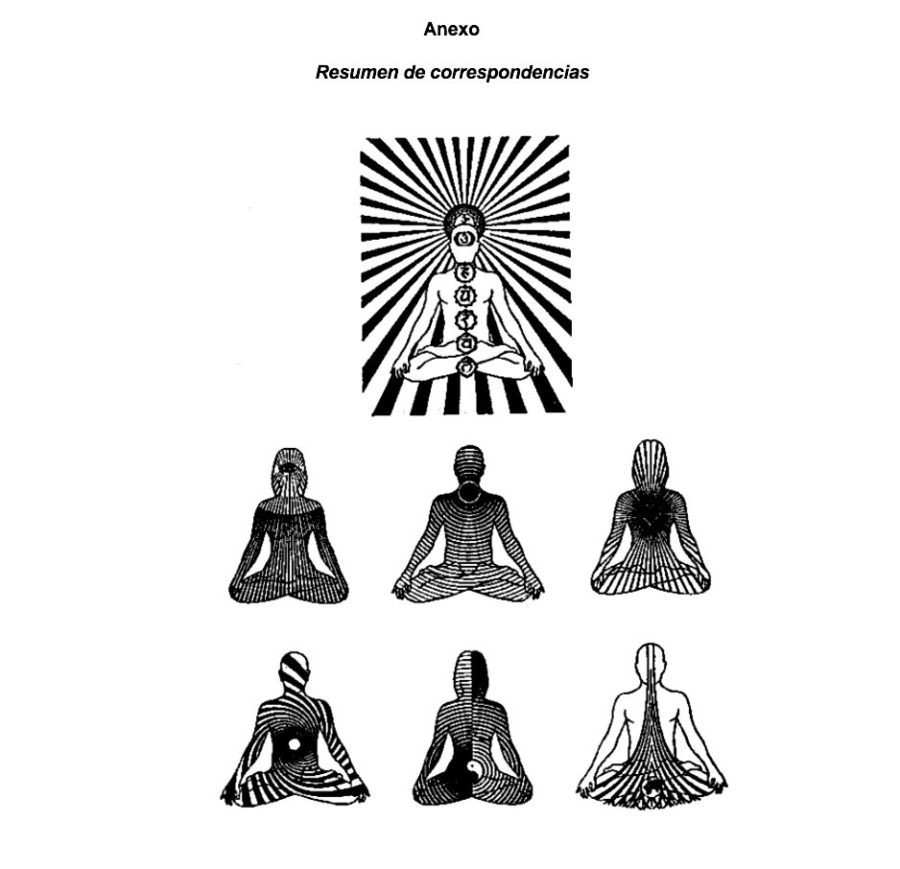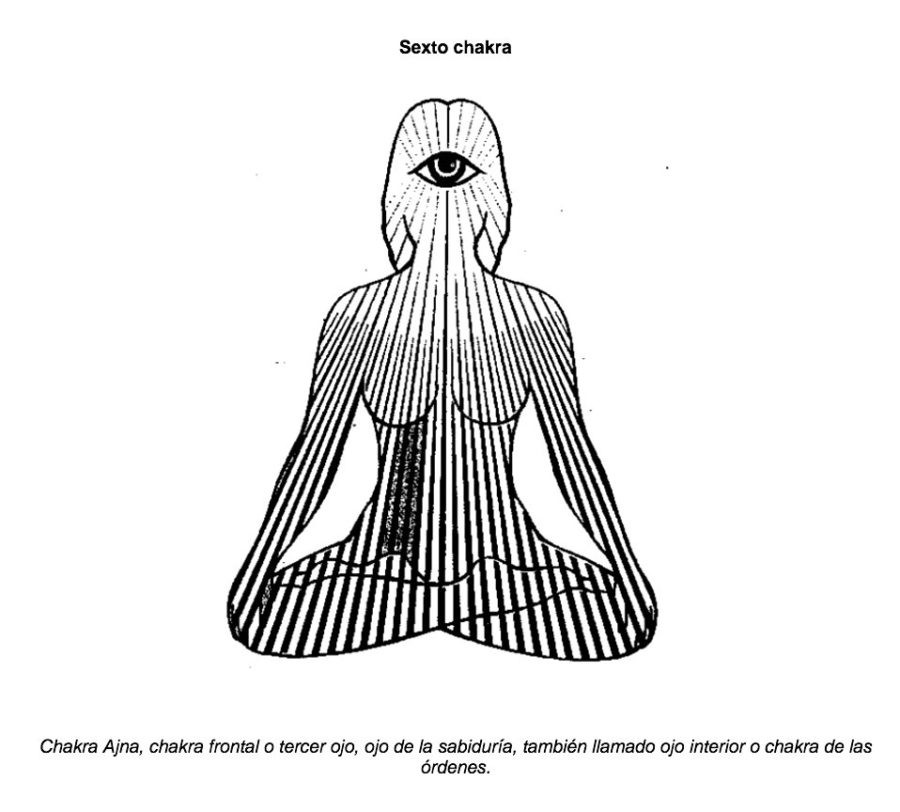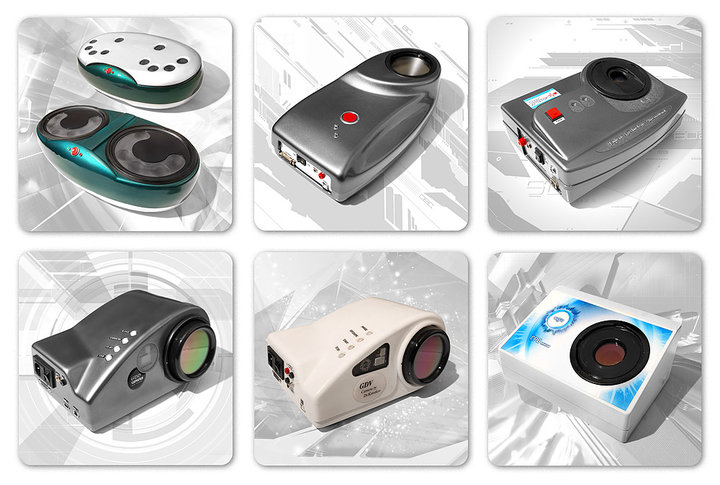El gran libro de los chacras

Conocimiento y tecnicas para despertar la energia interior



GDVCAMERA has been developed by Dr. Konstantin Korotkov, Alexander Laptev, Dr. Alexander Kuznetsov and Olga Belobaba in 1995 and brings the powerful technology known as Gas Discharge Visualization technique to market in a more accessible way than ever before. The product consists of a desktop camera and accompanying software, which allows a user to quickly and easily conduct human energy scans. Accessory attachments are also available for purchase to conduct environment and object scans.

GDVCAMERAS – 1999-2012
GDV Technique is the computer registration and analysis of electro-photonic emissions of biological objects (specifically the human fingers) resulting from placing the object in the high-intensity electromagnetic field on the device lens.
When a scan is conducted, a weak electrical current is applied to the fingertips for less than a millisecond. The object’s response to this stimulus is the formation of a variation of an “electron cloud” composed of light energy photons. The electronic “glow” of this discharge, which is invisible to the human eye, is captured by the camera system and then translated and transmitted back in graphical representations to show energy, stress and vitality evaluations.
Human Light System
IUMAB Research Project
Since 2012

Human Light System – information transfer using electromagnetic waves (Light) through liquid (Water)
HLS Online Course
experimental 5 years online course
HLS Series – tv series by Kirill Korotkov
Major Biological system:
Circulatory system: pumping and channeling blood to and from the body and lungs with heart, blood, and blood vessels.
Digestive System: digestion and processing food with salivary glands, esophagus, stomach, liver, gallbladder, pancreas, intestines, rectum, and anus.
Endocannabinoid system: neuromodulatory lipids and receptors involved in a variety of physiological processes including appetite, pain-sensation, mood, motor learning, synaptic plasticity, and memory.Endocrine system: communication within the body using hormones made by endocrine glands such as the hypothalamus, pituitary or pituitary gland, pineal body or pineal gland, thyroid, parathyroids, and adrenals or adrenal glands
Integumentary system: skin, hair and nails
Immune system: the system that fights off disease; composed of leukocytes, tonsils, adenoids, thymus, and spleen.
Lymphatic system: structures involved in the transfer of lymph between tissues and the blood stream, the lymph and the nodes and vessels that transport it.
Musculoskeletal system: muscles provide movement and a skeleton provides structural support and protection with bones, cartilage, ligaments, and tendons.
Nervous system: collecting, transferring and processing information with brain, spinal cord and nerves
Reproductive system: the sex organs; in the female; ovaries, fallopian tubes, uterus, vagina, mammary glands, and in the male; testicles, vas deferens, seminal vesicles, prostate, and penis.Respiratory system: the organs used for breathing, the pharynx, larynx, trachea, bronchi, lungs, and diaphragm.
Urinary system: kidneys, ureters, bladder and urethra involved in fluid balance, electrolyte balance and excretion of urine.
Vestibular system: contributes to our balance and our sense of spatial orientation.
Human Light System: information transfer using electromagnetic waves – Light.
